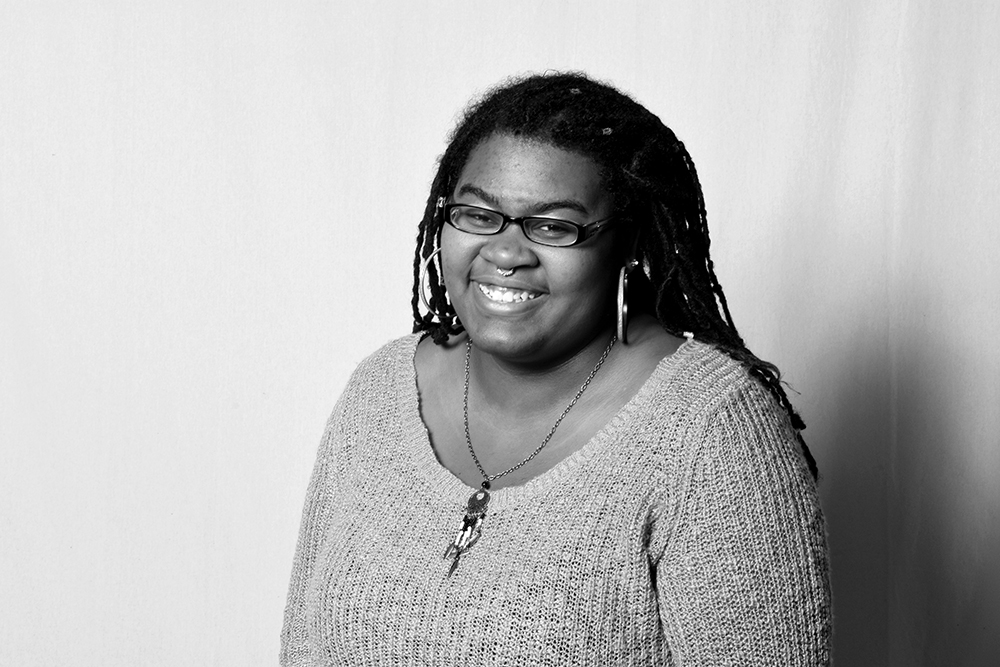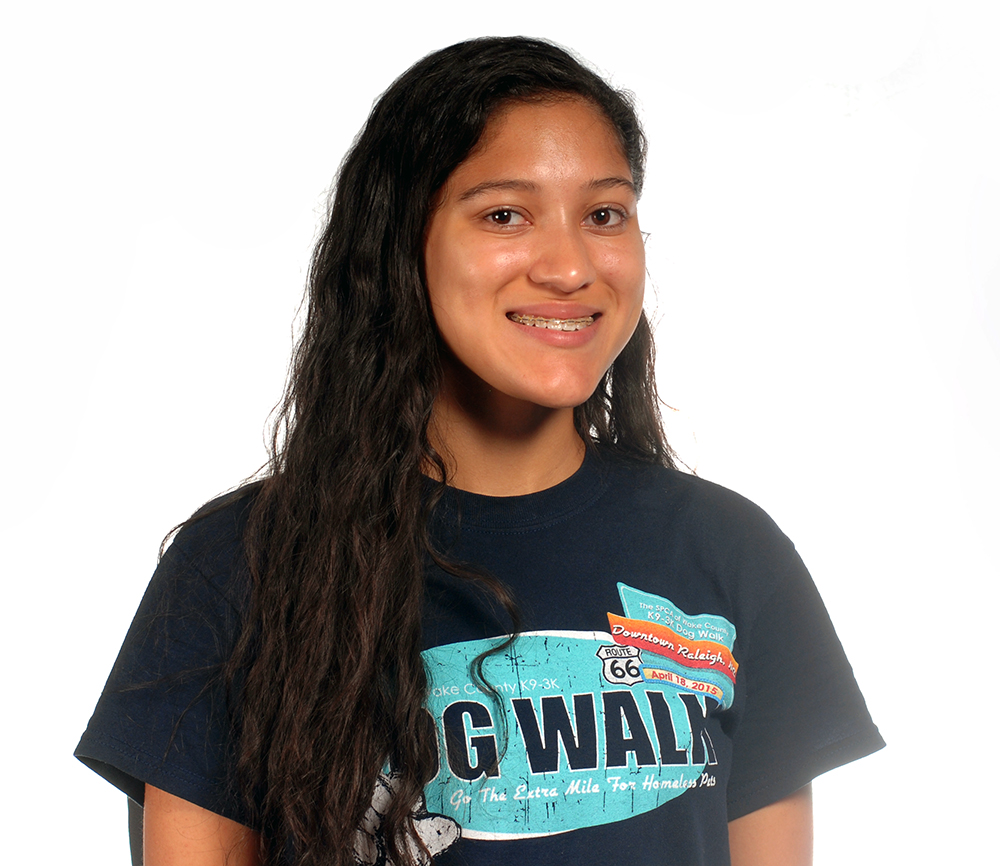In the realm of Black hair, the afro has long been a symbol of political defiance and unapologetic pride. However, in a conversation with Jayden McLean, a second-year majoring in Criminology and Psychology, it becomes evident that the narrative surrounding afros is evolving. Rather than just a political statement, the afro is transitioning into an everyday hairstyle.
McLean, who proudly wears her afro year-round, sheds light on the common perception of her hair as a political statement. “Absolutely. I get that all the time,” she said, recounting instances where even her family associates her afro with iconic figures like Angela Davis. The afro, once seen as a bold political declaration, is now becoming a routine choice for McLean.
The historical context of the 1960s Civil Rights Movement plays a crucial role in understanding the significance of the afro. During this era, Black people embraced natural hairstyles, including the afro, as a symbol of resistance and pride.
When asked about the perceived “wow factor” of the afro and whether it should be reserved for special occasions, McLean challenges this notion. She emphasizes that, for her, the afro has become an everyday style due to its low-maintenance nature. She gets away from the idea that natural hairstyles should only be flaunted occasionally.
Navigating the landscape of PWIs, McLean reflects on the representation of natural hair. While locs, long loose curls and slicked-back styles are prevalent, afros are less common. This observation prompts a broader discussion about the expectations placed on Black women regarding our hair and its impact on notions of professionalism.
McLean points out how women are held to a higher grooming standard than men, “as a woman, you have to make sure that your hair looks good at all times and there’s not a single hair out of place.” This scrutiny extends to the professional realm, where natural hairstyles, including afros, often face unjust biases.
Diving into the influence of family dynamics, McLean highlights the generational impact on attitudes towards natural hair. Older generations, having internalized the idea that conforming to Eurocentric standards is necessary for acceptance, passed down these beliefs to younger generations. This cycle perpetuates the idea that natural hair, including afros, needs to adhere to a certain standard to be deemed acceptable.
McLean also addresses the portrayal of afros in media, noting instances where they are treated either as a joke or a bold political statement. She spoke about a distinct memory from personal experience, “When I was younger, people would sing the Afro Circus song from Madagascar to me when I would wear my afro. So that obviously made me feel like people think I look like a clown or I look like a joke.” This sentiment highlights the unfortunate reality that stereotypes about the beauty and legitimacy of the afro hairstyle persist.
Afros are undergoing a transformation in perception. Once confined to the realms of political activism, they are emerging as a symbol of everyday elegance. McLean’s insights reflect a growing movement to destigmatize natural hairstyles, encouraging a shift in societal attitudes. The afro, with its rich history, is not just a relic of the past but a beautiful, normal and natural look for the present.
In my favorite song of all time, Corinne Bailey Rae sings, “Don’t you let those other boys fool you, gotta love that afro hairdo.” This song and many others affirm positive feelings about natural hair.
As we celebrate these victories, it’s crucial to acknowledge the complexities that continue to shape the narrative around afros. Historical context plays a profound role in understanding the trajectory of the afro’s perception.
To comprehend the present, let’s dive into the past. The evolution of the afro’s perception can be traced through significant historical moments. During the Black Power movement of the 1960s, the afro emerged as a powerful symbol of identity and pride, challenging societal norms. In the 1970s, the disco era saw a mainstream acceptance of the afro as a fashionable choice, transcending its political roots. The 1980s witnessed a resurgence of natural hair, reinforcing the afro as an enduring emblem of cultural pride.
From a man’s perspective, Dylan Gayle, a second-year majoring in Science, technology, and society, offers insights into the changing perceptions of the afro. “I mean, some people still have a big Afro, but for the most part, it’s gotten smaller,” Gayle said. He acknowledges the simplicity of the afro as a style, saying, “My mom doesn’t like it. I think she thinks it’s messy.” Gayle also reflects on the gendered aspect of hair choices, stating, “Women have more options with their hair than men do. And I feel like guys don’t have much if they just want to have it like naturally and not really put much work into it.”
Delving into workplace dynamics, Muzamoni Gausi, a second-year Political science major, shares insights into societal perceptions. Gausi states, “Women seem to be more ‘approachable’ with Afros.” However, he highlights the challenges, saying, “The only problem is that it gets ruined really quickly. With shrinkage, it’s hard to comb in the morning and it gets tangled.” Gausi also comments on the perception of professionalism, noting, “I think they view it as more professional than they view twists and locks. But I wouldn’t say they viewed it as professional because I don’t think they view black styles as professional in general.”
While the media has undeniably contributed to changing public attitudes, the journey is far from complete. Analyzing the evolution of Afro portrayal in movies, television and social media helps to uncover how these representations contribute to shaping societal norms. Instances where the media has either perpetuated stereotypes or challenged them have a profound influence on the broader narrative.
The battles fought in legal arenas and workplaces underscore the challenges faced by individuals with afros. Although progress has been made in eliminating discrimination against black hairstyles in the media, some of the progress appears to be surface level. Only a year ago, the Create a Respectful and Open World for Natural Hair (CROWN) Act was blocked by the Republican Senate majority from being passed in Congress.
The CROWN Act “prohibits race-based hair discrimination, which is the denial of employment and educational opportunities because of hair texture or protective hairstyles including braids, locs, twists or bantu knot.” Legislative changes and corporate policies that aim to eliminate discrimination based on hairstyle help recognize the importance of legal frameworks in shaping societal norms.
Education is a powerful catalyst for challenging stereotypes and fostering inclusivity. Having more representation with illustrations in children’s books and films like “Hair Love” can educate educators and students about the diverse beauty of natural hair. It is within the halls of education that the foundations of inclusivity are laid, contributing to breaking down barriers and promoting a more inclusive understanding of afros.
To truly grasp the essence of the evolving narrative, personal stories become invaluable. More personal narratives from individuals with afros should be incorporated to showcase the diversity of hair. Community leaders, activists or influencers have played a pivotal role in changing societal attitudes toward afros.
While we celebrate present victories, an eye toward the future is essential. Predicting future trends in natural hair acceptance and exploring potential challenges provides a forward looking perspective. The role of younger generations in shaping the future perception of afros and natural hairstyles becomes pivotal, considering how evolving societal norms may continue to impact these trends.
Like all societal changes, gradual exposure will normalize all Black hairstyles to become a part of American society. I hope to raise my kids in an environment where they don’t have to be conflicted about their hair but just wear it proudly without too much thought.
The length of my hair used to be a significant factor that made me hesitant to embrace my natural texture, especially when it came to wearing it down rather than in a high puff or bun. In my childhood, societal expectations were reinforced by Pantene and Dove commercials on television, leading to the belief that a woman’s beauty was tied to having long, flowing locks. However, the narrative has evolved, and today, diverse hair lengths are more widely celebrated by women of all backgrounds.
Embracing this shift, I’ve come to understand the importance of cherishing my hair at every stage of its growth journey. Whether it’s the tight coils of my afro or the versatility of a high puff, I’ve learned to appreciate the unique beauty each style brings to any outfit, any day.




